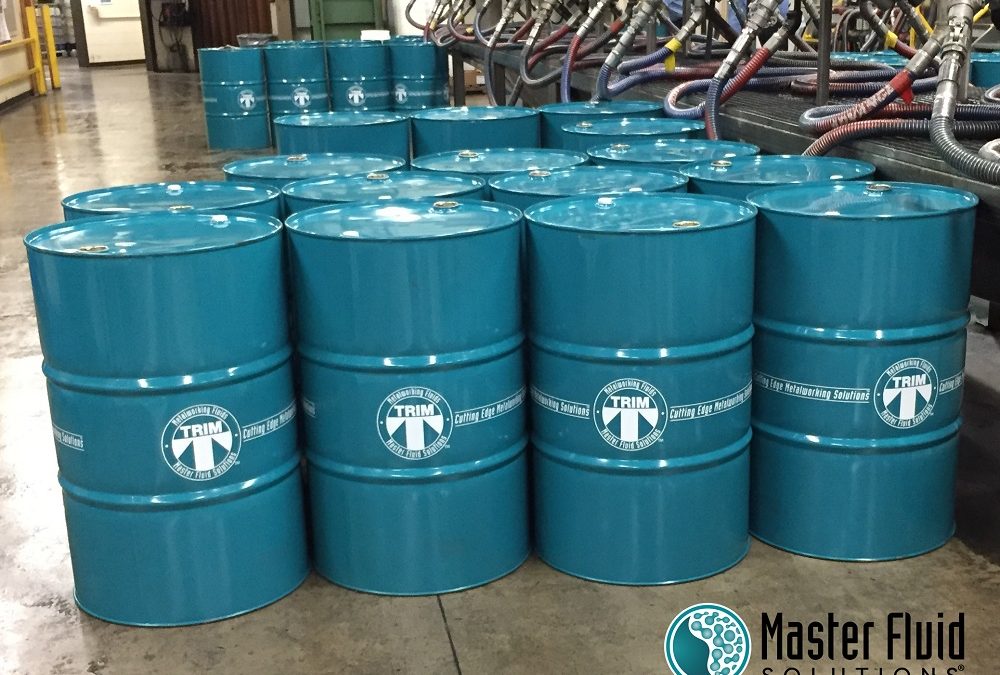
While the cost of coolant represents between 1% and 3% of the total manufacturing costs, choosing the right fluid can improve costs, productivity, and the finished product.
Coolant impacts many different parts of the metalworking process. It cools both the part and the tooling, which can increase the life of the tools. It also reduces friction, improves the accuracy of the machining process, washes away chips, and protects the machine from corrosion.
We recommend our customers evaluate coolant based on the MOTWOF:
These nine factors will help metalworking shops determine the best fit for their operations.
For example, metalworking shops in the automotive industry that use diamond cutters should choose a soluble oil (emulsion) coolant that performs well on ferrous and nonferrous metals, because this type of coolant provides a better buffer between the tool and the material being machined. On the other hand, companies that serve the energy industry may look for a semisynthetic microemulsion coolant if they machine and grind gray iron, mixed metals, and titanium alloys since they don’t need a coolant with such a high oil content for these applications.
In particular, the aerospace industry has stringent requirements for the types of metalworking fluids used. Depending on the metalworking shop’s customers, the shop needs to make sure the coolant has approval from Airbus, Boeing, and/or other aerospace manufacturers before being used.
All nine of these factors will need to be considered before choosing a coolant. However, there is one factor that isn’t mentioned that is often top of mind for many metalworking shops: price.
While the price of the coolant may often be the deciding factor when evaluating fluids with similar capabilities, it shouldn’t be the only factor used to pick a coolant. Price per gallon is definitely important, but as mentioned above, that will not make a significant difference in overall cost savings.
What is important is the total cost of ownership of the coolant, which incorporates things like tool life, coolant usage, and tolerance. If metalworking shops need to use twice as much coolant to get the same results, or are cleaning out their sumps every two months, they could actually be losing money on their coolant. The old saying, “You get what you pay for,” rings true with coolant because the products that may cost more per gallon will often produce better parts at a faster rate, with a lower consumption.
In particular, the cost per gallon of aerospace fluids tends to be higher because they need to meet higher performance standards to machine higher-grade alloys and protect the high-cost tooling used in these applications. The fluid also uses higher-grade raw materials to pass corrosion tests. But the right fluid has a longer life span, for example. In one case, an aerospace components manufacturer was able to reduce coolant usage by 50% because it only had to clean out the sump once per year, instead of every two to three months. The total annual cost savings from this coolant, including increased machine utilization and reduced labor costs, amounted to $880,000 (USD) per year.
Ultimately, while the actual cost of coolant is only a small percentage of a metalworking shop’s expenses, the impact is much larger. Using the right coolant can lead to improved productivity, reduced waste, and impressive cost savings.
For more information or for help determining which coolant is best for your shop, email us at [email protected].